
Mastering the seating chart can be one of the most daunting tasks for wedding planners. With so many guests to accommodate and various relationships to consider, it can be overwhelming to create a seating chart that satisfies everyone. However, with the right approach and some helpful tips, mastering the seating chart can become a stress-free task.
One of the most important factors to consider when creating a seating chart is the relationships between guests. Wedding planners must take into account family dynamics, friendships, and any potential conflicts to ensure that guests are seated in a comfortable and enjoyable environment. Furthermore, it is important to consider the preferences and needs of individual guests, such as those with disabilities or dietary restrictions.
Another key aspect of mastering the seating chart is to create a layout that maximizes the space and enhances the overall aesthetic of the wedding. Wedding planners must consider the size and shape of the venue, as well as the style and theme of the wedding, when creating a seating chart. By carefully planning the layout, wedding planners can create a beautiful and functional seating arrangement that enhances the overall guest experience.
Understanding the Basics of Seating Arrangements
When it comes to planning a wedding, one of the most important tasks for a wedding planner is to create a seating chart that ensures all guests are comfortable and happy. Here are some basic concepts to keep in mind when creating the perfect seating arrangement.
Types of Seating Layouts
Wedding planners should be familiar with different seating layouts to determine which one is best suited for the wedding venue and guest list. The most common seating layouts include:
- Banquet Style: This layout is ideal for formal weddings and involves long rectangular tables with chairs on both sides. Guests face each other, making it easy for them to converse and interact.
- Round Tables: This layout is a classic choice for weddings and is perfect for smaller, more intimate weddings. It creates a more relaxed atmosphere and allows guests to chat with everyone at the table.
- Theatre Style: This layout is best suited for larger weddings and involves rows of chairs facing the front of the room. It’s ideal for ceremonies or speeches, but not recommended for receptions.
Knowing Your Venue Space
Before creating a seating chart, wedding planners should take into consideration the size and layout of the wedding venue. It’s important to ensure that there’s enough space for tables and chairs, as well as room for guests to move around comfortably.
Wedding planners should also consider the location of the dance floor, bar, and other key areas of the venue when creating a seating chart. This will help ensure that guests are seated in the most convenient and enjoyable locations.
Guest List Dynamics
Wedding planners should take into account the guest list dynamics when creating a seating chart. It’s important to seat guests with people they know and get along with, while also ensuring that everyone is comfortable and happy.
Wedding planners should also consider any potential conflicts or issues when creating a seating chart. For example, it’s important to avoid seating ex-partners or family members who don’t get along at the same table.
Overall, understanding the basics of seating arrangements is crucial for wedding planners to create a successful and stress-free wedding day for the happy couple and their guests.
The Art of Table Assignments
Head Table Configurations
The head table is where the newlyweds and their closest family members sit. There are different ways to configure the head table, depending on the couple’s preferences and the size of the wedding party. One popular option is the traditional long table, where the newlyweds sit in the middle with their parents and other close family members on either side. Another option is the sweetheart table, where the newlyweds sit together at a small table, with their wedding party seated at their own tables nearby.
Family Seating Considerations
When it comes to seating family members, it’s important to consider any potential conflicts or sensitivities. For example, divorced parents may prefer to sit at separate tables, or a family member with a disability may need to be seated at a table with easy access to the dance floor or restrooms. Wedding planners should also consider cultural traditions, such as seating the groom’s family on one side and the bride’s family on the other.
Guest Grouping Strategies
Grouping guests at tables can be a tricky task, but there are several strategies that can make it easier. One option is to group guests by age, with older guests seated at quieter tables and younger guests at livelier tables. Another option is to group guests by interests or hobbies, such as putting all the foodies at one table and all the sports fans at another. Wedding planners can also consider creating a seating chart that balances out personalities, putting more outgoing guests at tables with quieter guests to encourage conversation.
Overall, mastering the art of table assignments requires careful consideration of the couple’s preferences, family dynamics, and guest demographics. By using these strategies, wedding planners can create a seating chart that ensures a stress-free and enjoyable experience for everyone involved.
Utilising Planning Tools
Seating Chart Software
One of the most useful tools for creating a seating chart is seating chart software. These programs allow wedding planners to input the names of guests and easily move them around to different tables. They also often have features such as meal preferences and RSVP status. Additionally, some software can generate printable charts or even display the chart on a screen at the wedding.
When choosing seating chart software, it is important to consider the features that are most important to you. Some software is free, while others require a subscription or one-time purchase. Look for software that is user-friendly and has good customer support in case you run into any issues.
Physical Diagrams and Models
Another helpful tool for creating a seating chart is a physical diagram or model. This can be especially useful for visual learners or those who prefer a hands-on approach. Wedding planners can create a scale model of the reception space and use small pieces of paper or sticky notes to represent guests. This allows them to easily move guests around and experiment with different seating arrangements.
Alternatively, wedding planners can create a physical diagram of the seating chart using a large piece of paper or a whiteboard. This can be a great way to get a big picture view of the seating chart and make adjustments as needed.
Overall, utilising planning tools such as seating chart software and physical diagrams can make the process of creating a seating chart much easier and less stressful for wedding planners.
Navigating Social Nuances
As a wedding planner, creating a seating chart can be one of the most challenging tasks. Not only does it require careful consideration of the venue layout and guest list, but it also involves navigating social nuances. Here are some tips on how to handle these situations with ease.
Addressing Special Needs
When creating a seating chart, it’s important to take into account any special needs that guests may have. This could include dietary restrictions, mobility issues, or hearing impairments. To ensure that everyone is comfortable and accommodated, make sure to ask guests about their needs well in advance of the wedding day.
One way to keep track of this information is to create a table with each guest’s name and their specific requirements. This will help you to easily reference the information when creating the seating chart. When assigning seats, make sure to place guests with similar needs together, such as those who require a wheelchair or those who are hard of hearing.
Managing Last-Minute Changes
Even with the most careful planning, last-minute changes are bound to happen. Whether it’s a guest who has cancelled or a new addition to the guest list, these changes can throw off the entire seating chart. To avoid any confusion, it’s important to have a plan in place for managing these changes.
One solution is to create a digital seating chart that can be easily updated. This will allow you to make changes on the fly and ensure that everyone is seated in the correct place. Another option is to have a few extra seats available that can be easily moved around as needed.
By taking the time to address special needs and plan for last-minute changes, you can create a seating chart that is stress-free and enjoyable for all guests.
Decor and Presentation

Coordinating with Overall Theme
When it comes to wedding décor, the seating chart is an essential element that can make or break the entire look and feel of the event. The seating chart should be coordinated with the overall theme of the wedding, including the colour scheme, floral arrangements, and other decorative elements.
To achieve a cohesive look, wedding planners should consider using complementary colours and patterns in the seating chart design. For example, if the wedding theme is rustic, planners may opt for a seating chart made of natural materials such as wood or burlap. Alternatively, if the wedding has a more modern theme, a sleek and minimalist seating chart design may be more appropriate.
Table Setting and Place Cards
Table setting and place cards are other crucial aspects of the seating chart that can add to the overall décor and presentation of the wedding. Wedding planners should ensure that the table settings are consistent with the theme of the wedding and that the place cards are easy to read and well-designed.
One option for table settings is to use a simple but elegant design that complements the overall theme of the wedding. For example, if the wedding has a vintage theme, planners may opt for antique-style silverware and glassware. Alternatively, if the wedding has a more modern theme, sleek and minimalist table settings may be more appropriate.
When it comes to place cards, wedding planners should ensure that they are easy to read and well-designed. Place cards should be placed in a visible location on the table, and they should be designed in a way that complements the overall theme of the wedding. For example, if the wedding has a beach theme, planners may opt for place cards in the shape of seashells or starfish.
Overall, the décor and presentation of the seating chart are essential elements that can add to the overall look and feel of the wedding. By coordinating the seating chart with the overall theme of the wedding and paying attention to the design of the table settings and place cards, wedding planners can create a stress-free and visually stunning event for their clients.
Effective Communication
Collaborating with the Couple
As a wedding planner, it’s essential to communicate effectively with the couple to ensure that their seating chart meets their expectations. Start by scheduling a meeting with the couple to discuss their preferences and any special requests they may have. During the meeting, take detailed notes and ask questions to clarify any uncertainties.
It’s important to keep the couple informed of any changes or updates to the seating chart. Send regular updates via email or phone to ensure the couple is aware of any changes that may impact their guests’ seating arrangements.
Briefing the Venue Staff
The venue staff plays a critical role in ensuring that the seating chart runs smoothly on the day of the wedding. It’s essential to communicate effectively with the venue staff to ensure that they have a clear understanding of the seating chart and their role in implementing it.
Provide the venue staff with a copy of the seating chart and a detailed briefing on their responsibilities. Ensure that they understand how to direct guests to their seats and handle any seating issues that may arise.
In conclusion, effective communication with stakeholders is essential for mastering the seating chart. Collaborating with the couple and briefing the venue staff are two critical components of ensuring a stress-free wedding day.
Final Review and Troubleshooting
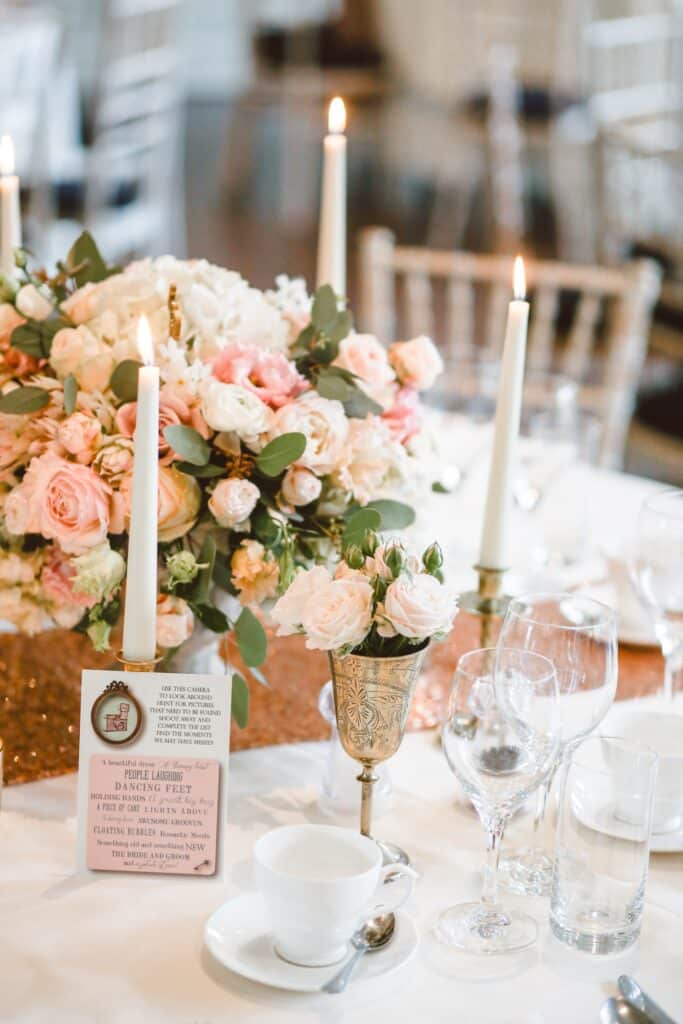
Checking for Errors
Before finalizing the seating chart, it is essential to check for errors. Wedding planners should review the seating chart multiple times to ensure that all guests are correctly placed. It is crucial to double-check the spelling of each guest’s name and their assigned table number. Any mistakes can lead to confusion and frustration for guests and the wedding party.
One useful tip is to have another person review the seating chart. A fresh pair of eyes can catch errors that may have been overlooked. Wedding planners can also use a spreadsheet program to organize the seating chart. This can make it easier to sort and filter guests, making it simpler to spot mistakes.
Contingency Planning
Even with careful planning, unexpected issues can arise. Wedding planners should have contingency plans in place to handle any problems that may occur. One common issue is guests who do not show up or arrive late. Wedding planners should have a plan to fill any empty seats and adjust the seating chart accordingly.
Another potential problem is guests who do not get along. Wedding planners should seat these guests at different tables to avoid any conflicts. It is also essential to have a plan in place for guests with special needs, such as wheelchair accessibility or dietary restrictions.
In summary, wedding planners must carefully review the seating chart for errors and have contingency plans in place for any unexpected issues. Proper planning and attention to detail can help ensure a stress-free wedding day for all involved.
Post-Event Reflection
After the wedding reception has ended, it’s important for wedding planners to reflect on the event. This reflection will help you gather feedback and identify areas for improvement for future events.
Gathering Feedback
One of the best ways to gather feedback is to send out a survey to the bride, groom, and guests. This survey can include questions about the seating chart, the food, the music, and any other aspects of the event. It’s important to ask specific questions so that you can get detailed feedback. For example, instead of asking “Did you enjoy the food?” ask “What did you think of the main course?”
Another way to gather feedback is to talk to the bride and groom directly. Ask them what they liked and didn’t like about the event. This feedback will be valuable for future events, as you can use it to make improvements and ensure that the bride and groom are happy with the outcome.
Lessons Learned for Future Events
After gathering feedback, it’s important to identify areas for improvement. This will help you to avoid making the same mistakes in future events. One way to do this is to create a list of “lessons learned”. This list should include any issues that arose during the event, as well as any feedback that you received.
For example, if guests complain about the seating arrangement, you may want to reconsider how you create the seating chart in future events. If the bride and groom were unhappy with the music selection, you may want to work with a different DJ or band in the future.
Overall, post-event reflection is an important part of mastering the seating chart. By gathering feedback and identifying areas for improvement, you can ensure that future events are even more successful.
Written By Magical Memories
As you plan your special day, don’t forget to book the entertainment! Magical Memories provides professional wedding magicians and wedding caricaturists to bring your big day to life. Our highly skilled performers will keep guests of all ages entertained and amazed with breathtaking close-up magic and hilarious caricatures!



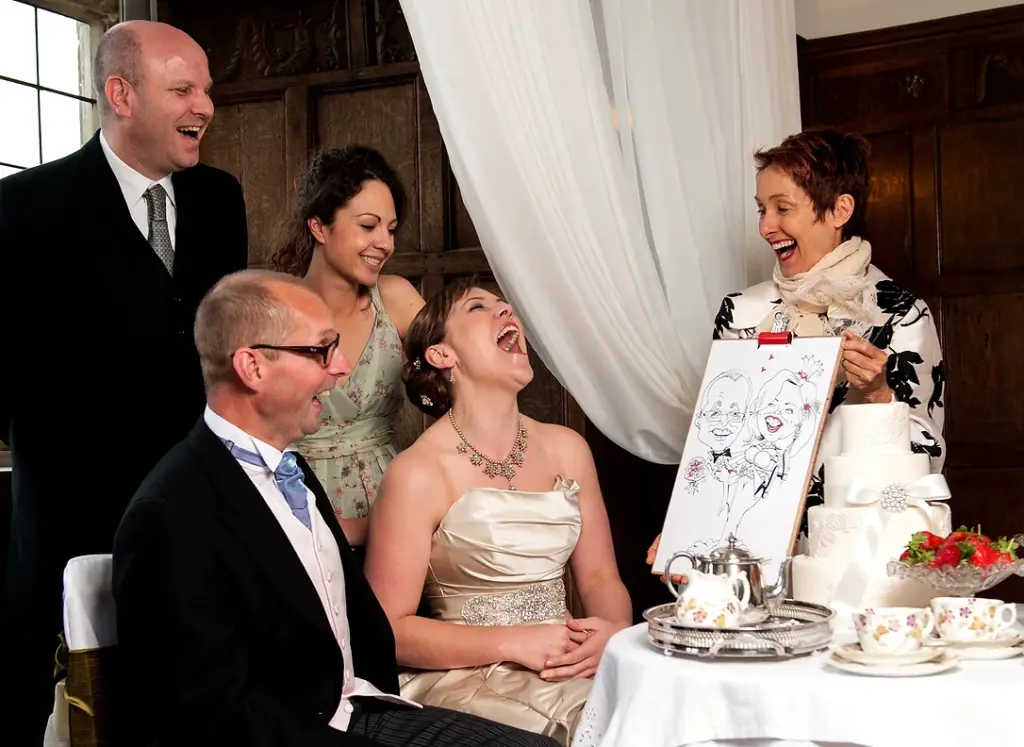





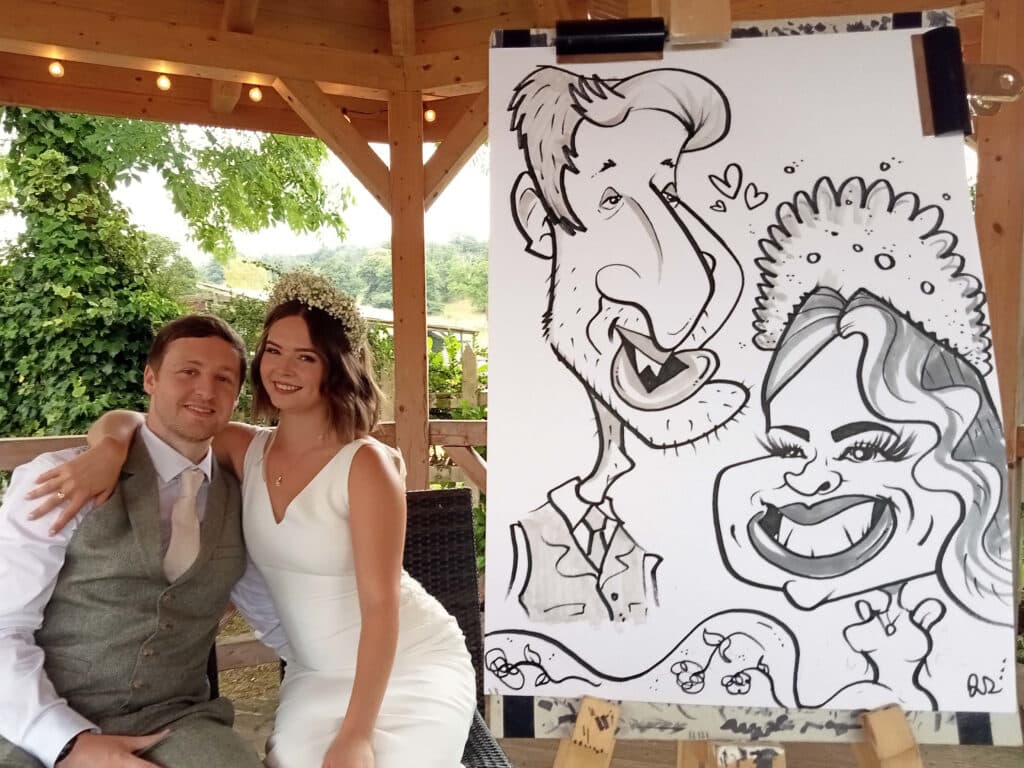



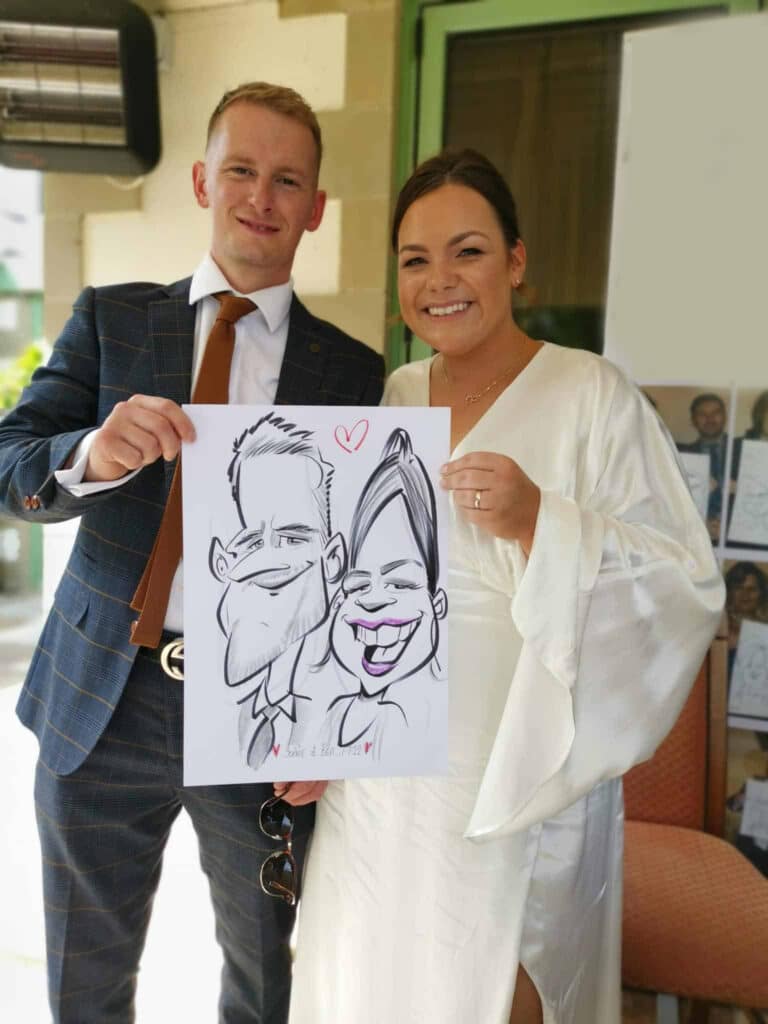

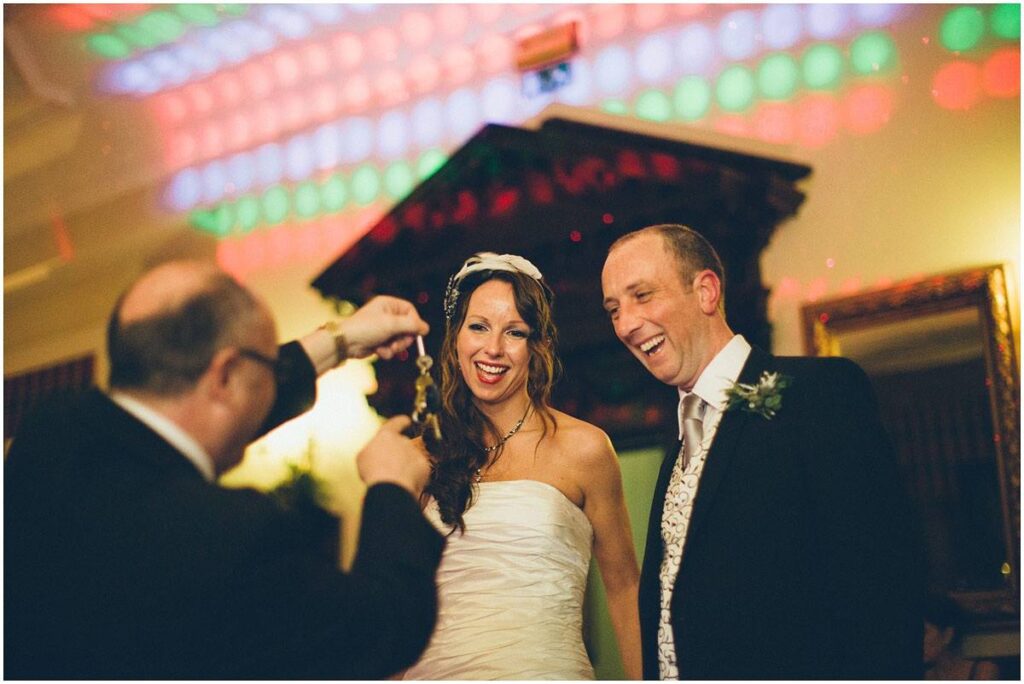
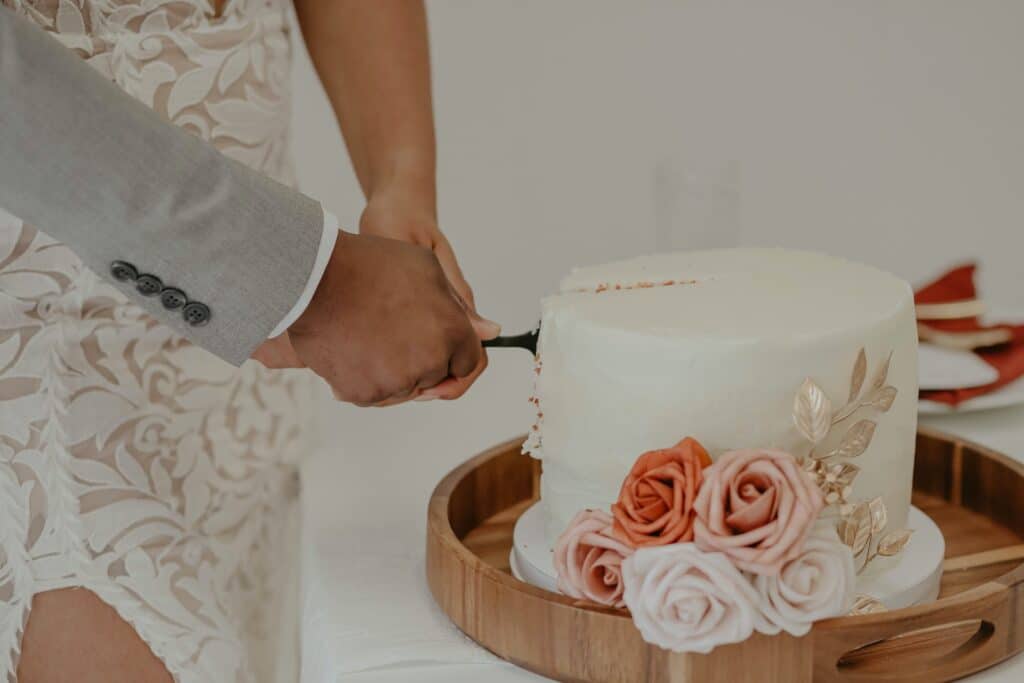

Please get in touch for a free, no-obligation quote today!
